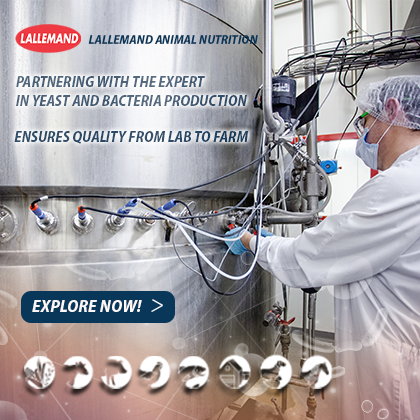28 Jul 2024


Key Findings
Serum Calcium Concentrations
Cows on the XZ diet exhibited the highest serum iCa and tCa concentrations during the prepartum period (P < 0.01). On days 0, 1, and 2 postpartum, cows fed the XZ diet maintained the highest iCa concentrations compared with the −DCAD and CON diets (P < 0.01).
Salivary and Urinary Calcium
Salivary Ca concentrations were highest in cows fed the XZ diet during the prepartum period (P < 0.01). Urinary Ca excretion was highest in cows on the −DCAD diet prepartum (P < 0.01).
Magnesium and Phosphorus Concentrations
Serum magnesium (Mg) concentrations were lowest in cows fed the XZ diet during the prepartum period (P < 0.01). Postpartum, this trend continued until day 49, where XZ-fed cows showed increased Mg concentrations compared to their prepartum values.
Serum phosphorus (P) concentrations were significantly lower (by 52%) in the XZ group compared to the −DCAD and CON groups during the prepartum period.
Discussion
The study highlights that both −DCAD and XZ diets enhance Ca homeostasis through distinct mechanisms. The −DCAD diet induces mild metabolic acidosis, enhancing bone resorption and Ca mobilization. In contrast, the XZ diet primarily binds dietary P, reducing its gastrointestinal absorption and promoting Ca mobilization from bone. The differences in serum and urinary mineral concentrations observed in the study suggest unique physiological responses to each diet, with potential implications for transition cow management.
Conclusions
Feeding synthetic zeolite A and −DCAD diets prepartum significantly affects Ca and mineral metabolism in dairy cows. The XZ diet consistently produced higher serum Ca concentrations, while the −DCAD diet enhanced Ca mobilization through metabolic acidosis. These findings provide valuable insights for improving transition cow management and preventing hypocalcemia-related disorders. Further research is needed to elucidate the underlying hormonal mechanisms and optimize dietary strategies for dairy cows during the critical transition period.
